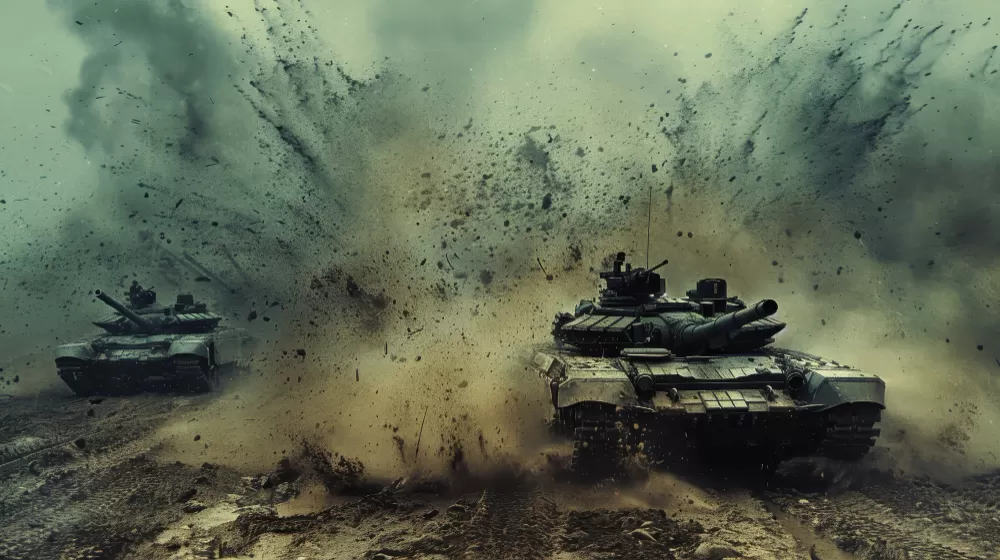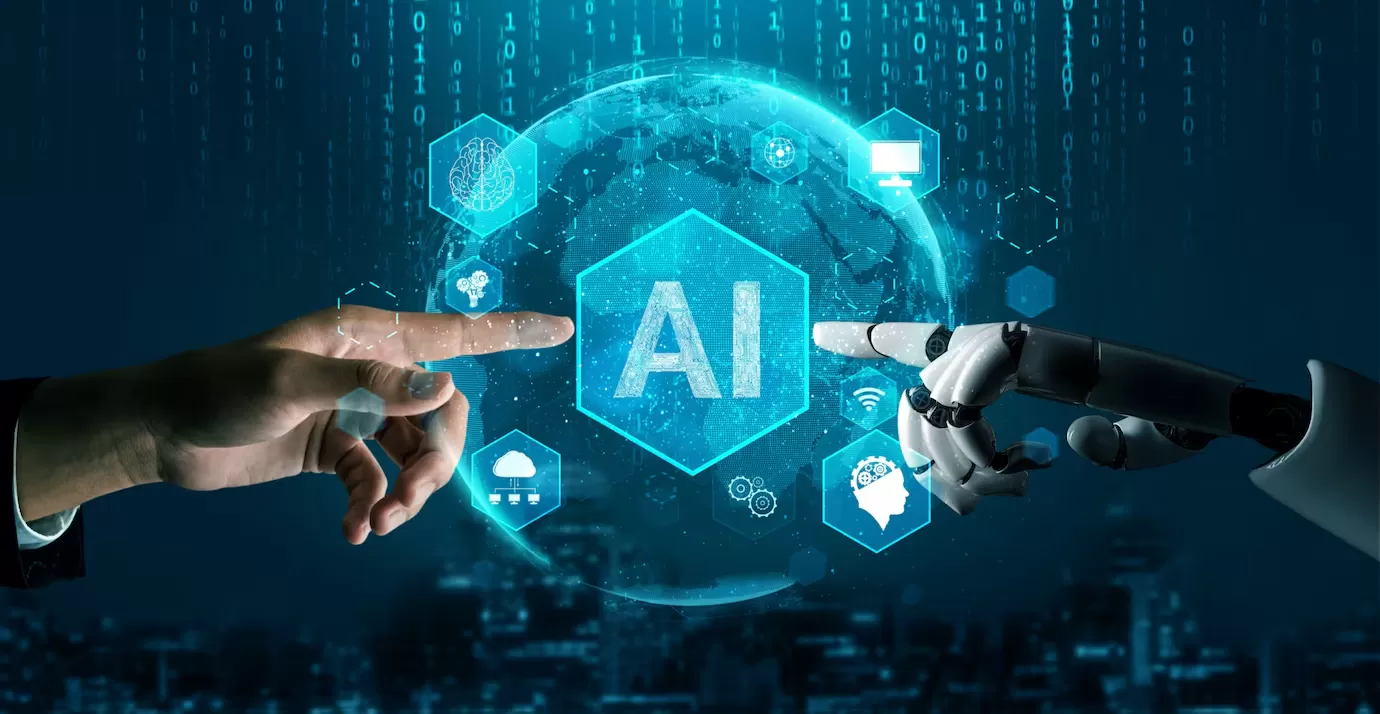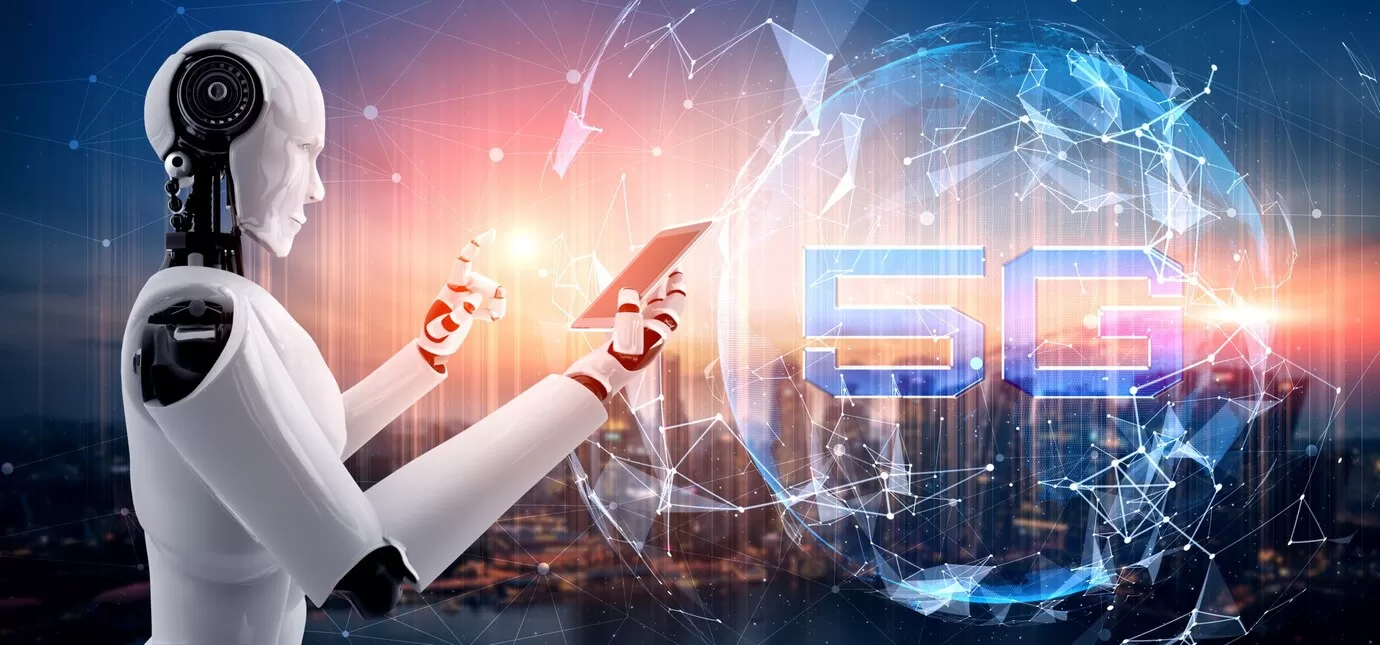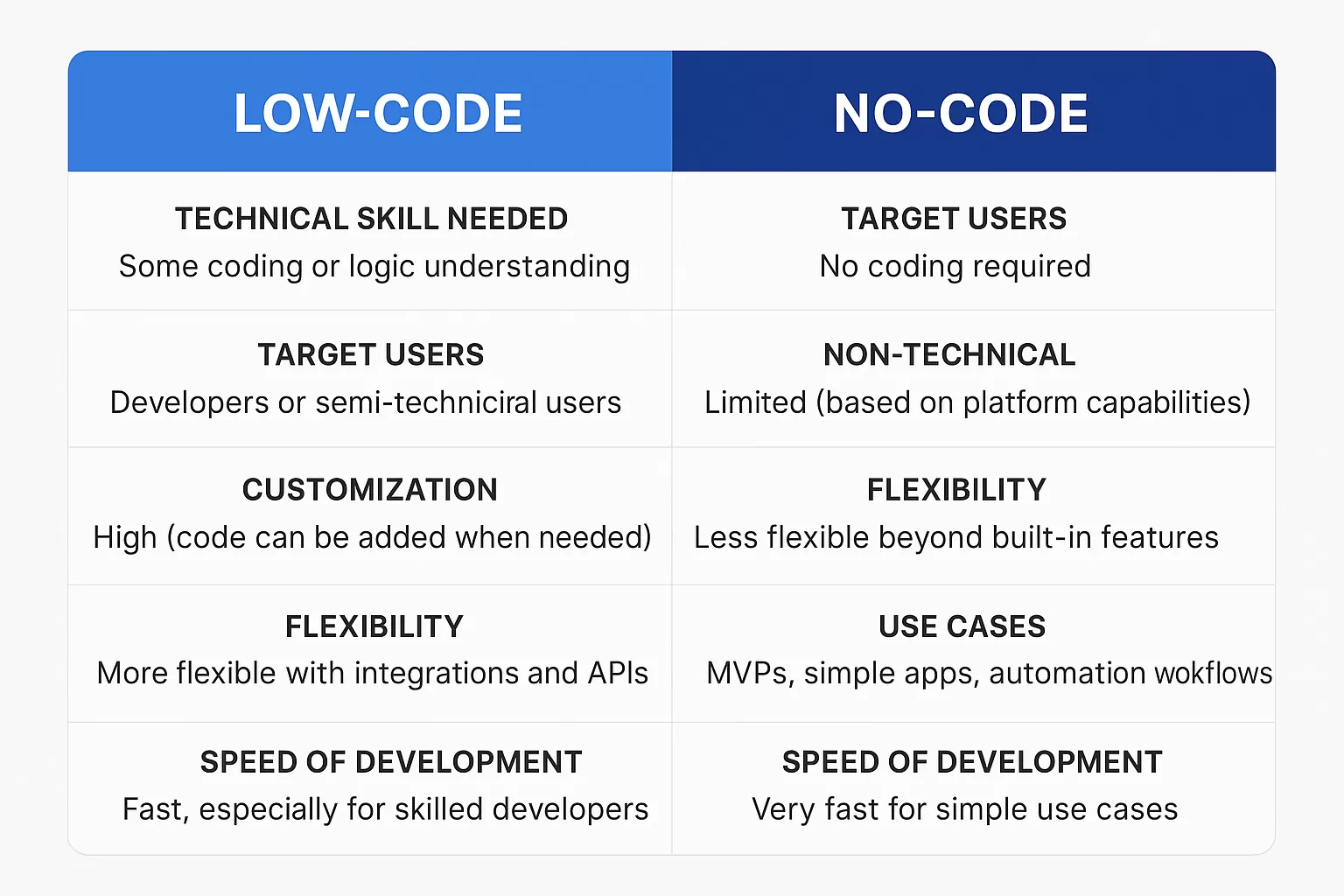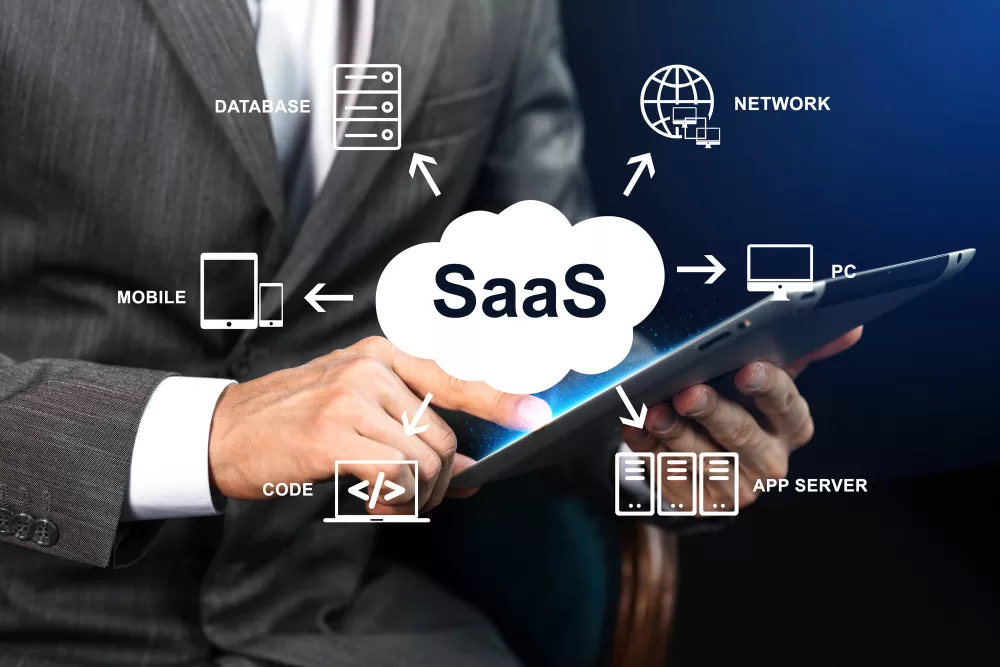The Information Technology (IT) industry, as we understand it today, did not exist during the major World Wars of the 20th century. However, several key technologies and innovations that emerged in the realm of communication, cryptography, and data processing laid the groundwork for modern IT industries. From World War I (1914-1918) to World War II (1939-1945), the development of computing technologies and their military applications had profound implications, both during the wars and in the subsequent growth of the IT industry.
Let's explore the major ways in which IT-related innovations played a critical role during the World Wars:
1. World War I (1914-1918): Early Computing and Communication Technologies
While computers and information technology as we know them didn’t exist in World War I, communication technologies were vital during the conflict. These innovations were primarily focused on encryption, communications systems, and early data-processing methods that improved military coordination.
Key Technologies:
- Telecommunications: The telephone and telegraph became central to military operations, enabling better coordination between commanders and units on the battlefield. The advent of radio communication further enhanced long-distance communication, especially in the air and at sea.
- Cryptography and Codebreaking: The need for secure communications led to the early development of cryptographic techniques. For example, the Zimmermann Telegram was intercepted and deciphered by British intelligence, which played a crucial role in bringing the United States into the war.
While the concept of computing machines was still in its early stages, World War I saw the rise of manual calculators for logistical purposes and rudimentary electronic systems for military coordination.
2. World War II (1939-1945): A Pivotal Moment for IT Industries
World War II saw significant advancements in computing technologies, which directly impacted military efforts. This era marked the birth of several key innovations that laid the foundation for the post-war IT revolution.
Key Technologies and Innovations:
- The Enigma Code and Codebreaking: Perhaps one of the most famous contributions of IT to World War II was the development of methods to break the German Enigma machine cipher. The Enigma machine was used by Nazi Germany to encode military communications, but its codes were broken by the Allies, primarily thanks to the efforts of Alan Turing and his team at Bletchley Park.
Turing's development of the Colossus machine—one of the first programmable electronic computers—was instrumental in cracking the Enigma cipher. This victory significantly shortened the war and is often regarded as one of the most important contributions to the development of modern computing.
- Early Computers: The Colossus machine (developed in 1943) was a specialized computer designed to break codes and analyze encrypted messages. Another notable development during this time was the ENIAC (Electronic Numerical Integrator and Computer), which, although not completed until after the war, laid the foundation for general-purpose computing. The ENIAC was designed to calculate ballistic trajectories for the U.S. Army and marked a leap forward in the development of electronic computing.
- Radar Technology: Radar played a critical role in World War II, allowing Allied forces to detect enemy aircraft and ships at long range. Radar technology relied heavily on the use of early computing systems to process signals and data quickly. The Mathematical Tables (used in radar calculations) were some of the earliest instances of computational data processing, showcasing the growing importance of data analysis in warfare.
- Logistical Computing: Throughout the war, computing was used to manage and optimize the logistics of military supply chains, troop movements, and resource allocation. This involved calculating large sets of data to ensure that military operations ran smoothly, reducing waste and improving efficiency.
3. The Post-War Impact: Foundations of the IT Industry
The post-World War II period saw a tremendous acceleration in the development of the IT industry, largely driven by wartime innovations in computing and data processing. Many of the scientists and engineers who contributed to the war effort continued their work in the civilian sector, leading to the birth of the modern computing industry.
Key Developments in the Post-War Era:
- Advances in Computer Science: The experience of breaking codes and using computers for military purposes in World War II directly influenced the growth of the computer science field. Turing’s work on breaking the Enigma code, for instance, was instrumental in shaping the theoretical foundations of computer science and algorithms.
- The Rise of Electronic Computers: After the war, the demand for computing power exploded, particularly in business and government applications. This led to the creation of early mainframe computers, such as the UNIVAC and IBM's 701, which were used for scientific research, business applications, and government operations.
- Commercialization of IT: Following the war, companies like IBM and Honeywell started producing and selling mainframe computers. This marked the beginning of the commercial IT industry, as businesses and governments began using computers for administrative and decision-making purposes.
- Software and Programming: As computing technology became more accessible, there was an increasing need for specialized software to run on new computers. This led to the creation of early programming languages such as Fortran and COBOL, which are considered some of the first high-level programming languages.
- Networking and Communications: During and after the war, technologies related to networking, satellite communication, and information transmission began to see advancements, setting the stage for the later development of the internet in the 1960s and 1970s.
4. The Legacy of IT in Warfare and Society
The World Wars had a profound and lasting impact on the IT industry, especially with the advancements in areas such as cryptography, computing, and data processing. Many of the early computers, programming techniques, and data analysis methods used in wartime applications were adapted for civilian purposes, leading to the IT revolution that defined the second half of the 20th century.
Key Takeaways:
- Technological Innovation: World War II, in particular, spurred technological innovation in computing, codebreaking, and communications, which directly influenced the growth of the IT industry.
- Post-War IT Boom: The rise of the commercial computing industry after the war led to the information age, with businesses and governments increasingly relying on computers for everything from administration to research.
- Cryptography and Security: Advances in cryptography during the wars laid the foundation for modern cybersecurity techniques, a critical aspect of the IT industry today.
- Data Processing: The use of computers for data processing, particularly in logistics and military operations, paved the way for modern big data and cloud computing.
5. Advancements in Military Technology and AI: World War II and Beyond
While the IT industry’s major contributions during World War II were primarily focused on computing, codebreaking, and communication, the foundation laid by these technologies influenced many aspects of military strategy and artificial intelligence (AI) post-war.
Key Contributions:
- Early Artificial Intelligence (AI): Though AI as a field didn’t fully take shape until the 1950s and beyond, World War II’s focus on automation and data processing was a precursor to AI technologies. For example, Alan Turing's work on the Turing Test (the concept of a machine's ability to exhibit intelligent behavior) stemmed from his wartime codebreaking efforts. Later, these concepts were expanded into machine learning and neural networks, which are central to modern AI.
- Automation and Robotics: During World War II, military robots, like early drones (e.g., radioplane), were developed for reconnaissance and bombing. These robots were far from the sophisticated drones and robots we use today, but their conception represented the beginning of automated military systems. The growing use of robotics and AI-powered systems in military settings is a direct descendant of these early experiments.
6. Computing in Post-War Military and Intelligence Operations
The post-WWII period saw the rapid adoption of computing technology not just in the civilian world but in military and intelligence agencies as well. This laid the groundwork for modern intelligence-gathering systems, data analysis, and military communication technologies.
Key Developments:
- Cold War and Early Computer Networks: In the years following WWII, the Cold War and the rise of intelligence agencies like the CIA, NSA, and KGB accelerated the development of secure communication systems. The military and intelligence agencies were some of the first to employ computers for data encryption, signal intelligence, and classified communication, often pushing the boundaries of cryptography and computing technology.
- Mainframe Computers in the Military: The U.S. military was one of the first organizations to adopt mainframe computers after WWII. These large, powerful machines were used for logistics, defense simulations, and military strategies. IBM became one of the primary suppliers of these early computers, marking the company’s important role in military technology.
- Development of the Internet and ARPANET: While initially developed for military use, the internet’s origins can be traced back to the ARPANET project funded by the U.S. Department of Defense in the late 1960s. It was designed to create a decentralized communication network that could withstand attacks during nuclear warfare. The development of ARPANET eventually led to the internet, which now serves as the backbone of global communication and data-sharing.
7. The Legacy of IT in Post-War Civilian Applications
While military applications were a key driver of early IT innovation, many of the technologies developed during the World Wars had lasting impacts on civilian sectors in the following decades. As military applications moved to civilian use, computing and communication technologies became the backbone of the modern world.
Key Contributions to Civilian Sectors:
- Space Exploration: The IT advancements made during the World Wars significantly influenced the space race and space exploration programs during the Cold War. The use of computers for rocket trajectory calculations (as seen in the Apollo missions) built on the foundation of wartime computing. NASA and other space agencies adopted the emerging computing technologies to perform complex simulations, navigation, and data analysis in their missions.
- Commercialization of Computing: Post-war, the technologies developed for military use, like the ENIAC and UNIVAC, were adapted for civilian applications. The commercial sector quickly adopted computing to handle accounting, scientific research, and business logistics, marking the beginning of the personal computing revolution in the 1970s and 1980s.
- Telecommunications Revolution: The development of radio and telephone systems during the war years led to the later expansion of cellular networks and mobile phones. Post-war innovations in telecommunications, such as satellite technology, also enabled global communication networks, transforming industries like broadcasting, media, and international business.
- Medical Advancements: The use of computers for medical research began during and after WWII, with systems like the Electronic Numerical Integrator and Computer (ENIAC) playing a role in the development of the early medical technologies used for diagnostics, research, and hospital administration.
8. The IT Industry's Role in Modern Warfare
Fast forward to the 21st century, and the role of information technology in military strategy has only grown. The foundational developments during the World Wars led to the creation of modern cybersecurity measures, surveillance technologies, and the concept of cyber warfare.
Key Contributions Today:
- Cybersecurity and Cyber Warfare: Building on early cryptography efforts during World War II, the modern cybersecurity industry was born. The need for securing military and government communications during wartime has expanded into a global industry protecting critical infrastructure, financial institutions, and personal data. Governments now spend billions on cyber defense and offensive capabilities to safeguard against hacking and data breaches.
- Drones and Autonomous Vehicles: The use of drones has become one of the most well-known aspects of modern military technology, a direct descendant of the wartime robots used in World War II. Drones today are equipped with AI systems for surveillance, targeting, and combat, making them indispensable in modern military strategies.
- Satellite Surveillance: The space race initiated by the Cold War eventually gave rise to satellite surveillance and reconnaissance systems, which have become a core part of modern military intelligence. GPS and satellite imagery are used for military operations, disaster response, and global positioning for civilian applications.
9. The IT Industry's Impact on Global Economies Post-War
The post-war growth of IT has transformed global economies, enabling automation, global connectivity, and the rise of digital economies.
Key Economic Impacts:
- Globalization and E-Commerce: The growth of the internet in the 1990s and 2000s, accelerated by the commercialization of technologies developed during and after WWII, enabled the rise of global trade networks, e-commerce, and online marketplaces. Companies like Amazon and Alibaba transformed the retail sector, allowing businesses to reach customers worldwide.
- Tech Industry Boom: The success of companies like Apple, Microsoft, and IBM in the latter half of the 20th century marked the shift from military and governmental use of technology to widespread consumer adoption. The development of personal computers, smartphones, and cloud computing revolutionized the economy, creating millions of jobs and leading to the digital age.
- The Information Economy: IT has transformed industries from banking and insurance to manufacturing and agriculture, helping to create an information-based economy where data, connectivity, and automation are central to business success.
Conclusion: The Enduring Legacy of IT in Warfare and Society
The role of IT industries during and after the World Wars has had an enduring legacy on both military strategy and civilian life. From early computing machines that helped decode enemy messages to modern AI and cryptographic technologies used to secure military communications, the innovations of the wartime period laid the groundwork for today’s digital world. The legacy of the wartime IT industry continues to evolve, shaping not only military and intelligence sectors but also impacting global economies, technology innovation, and the very fabric of modern society.
The IT industry’s roots in war, though often driven by necessity, paved the way for the incredible advancements we now see in cybersecurity, communications, automation, and intelligent systems, with applications spanning defense, business, medicine, and beyond.

